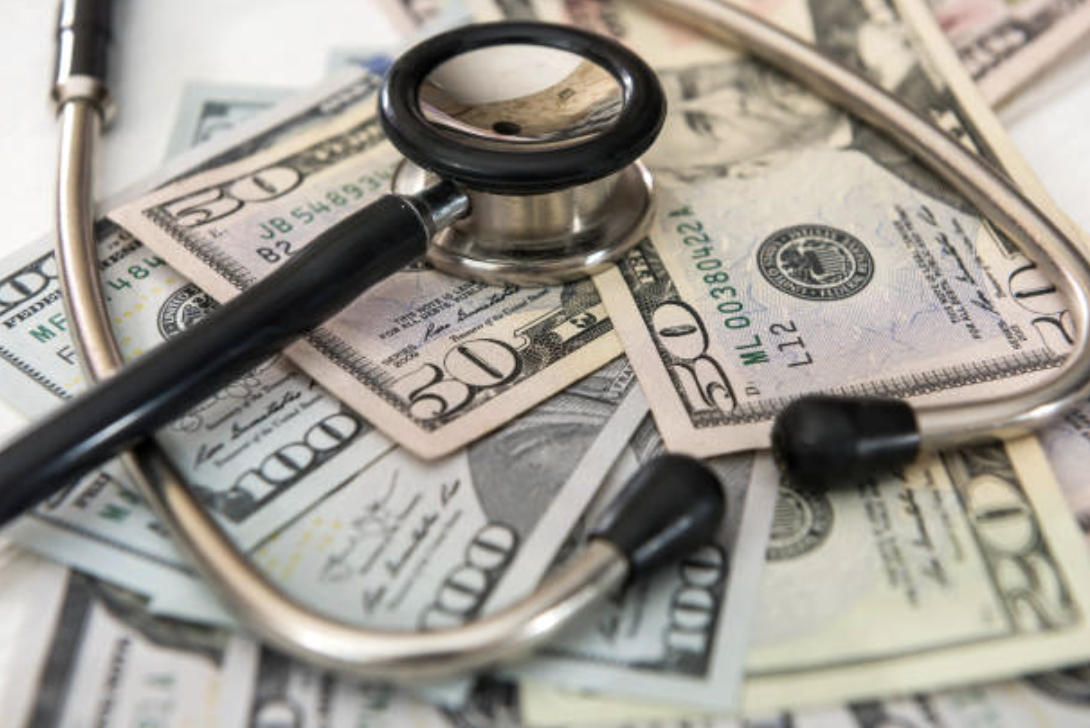
For many Americans, opening a medical bill can feel like a punch to the gut. Especially for those entering retirement, those statements can turn peace of mind into panic.
But there’s a new ray of hope shining through, erasing medical debt without requiring anyone to lift a finger. And it all starts at City Hall.
A Groundbreaking Move
In a move that’s making headlines and changing lives, New York City has just erased nearly $135 million in medical debt for more than 75,000 residents. And here’s the best part: there’s no paperwork, no hoops to jump through, and no application process. If you qualify, your debt is simply… gone.
Mayor Eric Adams announced this historic relief effort, calling it a “game-changer” for working-class New Yorkers. The city partnered with Undue Medical Debt, a nonprofit that specializes in buying up medical debt for pennies on the dollar and then forgiving it—no strings attached.
Imagine opening your mailbox and finding a letter that says your crushing medical bills have been wiped clean. That’s exactly what’s happening for thousands of families right now.
Source: Eric Adams / Facebook
How Does It Work?
Unlike most government programs, this one is refreshingly simple. If you’re a New York City resident earning up to 400% of the federal poverty line (that’s about $60,000 for a single person or $120,000 for a family of four), or if your medical debt is at least 5% of your annual income, you’re automatically eligible. There’s no need to fill out forms or wait in long lines.
Once your debt is cleared, you’ll receive a confirmation letter—no catch, no impact on your credit score, and no tax bill. It’s a true fresh start.
"The burden of medical expenses has been overwhelming, and your assistance has provided me with immense relief and peace of mind. Your generosity and support have made a significant impact on my life, allowing me to focus on my health and well-being without the constant worry of financial strain."
That’s the kind of real-world impact this program is having—lifting the weight of debt so people can focus on what matters most: their health and happiness.
Also read: How one woman used AI to wipe out $12K in debt—and how you can too
The Movement Spreads Nationwide
New York City isn’t alone in this fight. Across the country, similar programs are popping up, bringing hope to families from coast to coast:
Other Cities That Are Joining In
Cook County, Illinois: $281 million in medical debt canceled for 150,000 residents.
Cuyahoga County, Ohio: $33 million wiped out for 40,000 families.
Connecticut: A $6.5 million initiative is clearing about $650 million in medical debt.
Maricopa County, Arizona: A $30 million partnership is expected to erase more than $2 billion in unpaid healthcare costs.
New Orleans, Louisiana: $130 million in medical debt cleared for struggling residents.
How Does Undue Medical Debt Work?
You might be asking: how can a nonprofit just “buy up” debt and make it disappear? Here’s the secret: hospitals and clinics often sell unpaid medical bills to collection agencies for a fraction of their value. Undue Medical Debt steps in, buys these debts for pennies on the dollar, and then forgives them—no collection calls, no threats, just a clean slate. It’s a win-win: hospitals recoup some of their losses, and families get a fresh start.
If you don’t live in one of these cities, don’t lose hope. The movement for medical debt relief is growing, and more local governments are considering similar programs. In the meantime, you can check with Undue Medical Debt to see if you might qualify for relief or consider reaching out to your local representatives to advocate for similar initiatives in your area.
Also read: Medical debt might still hurt your credit score—here’s what changed and how to protect yourself
Practical Steps If You Think You Might Qualify
While most of these programs require no action from residents, there are steps you can take to stay informed:
- Contact participating hospitals or healthcare providers directly to ask about debt relief programs
- Check your state's health department website for announcements about medical debt initiatives
- Keep your address updated with any healthcare providers where you've received treatment
- Save any debt relief notification letters you receive for your records
- Monitor your credit report to see when medical debts are removed
If you're struggling with medical debt that doesn't qualify for these automatic programs, don't despair. Many hospitals are required by law to offer financial assistance programs, and some will negotiate payment plans or discounts if you reach out proactively.
Read next:
- A new effort has erased $6.5 billion in medical debt—here’s what to know
- Energy assistance programs are throwing some seniors a lifeline this winter
- Could a $400 rebate be on the way? Here’s who qualifies—and how to claim it before time runs out
Have you or someone you know been affected by medical debt? Have you received a letter saying your debt was wiped out? Or do you have questions about how these programs work?






